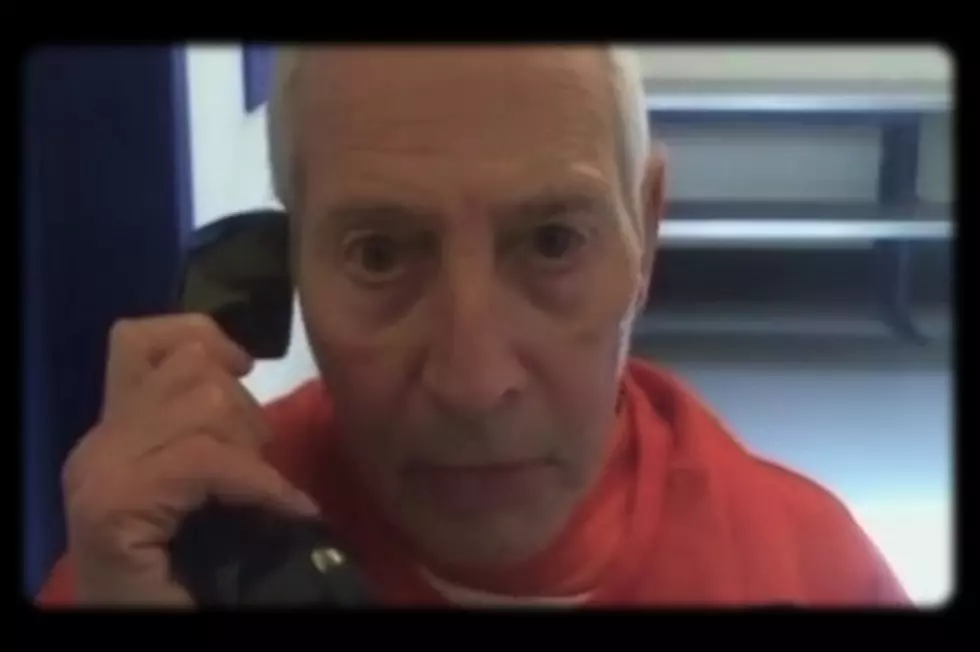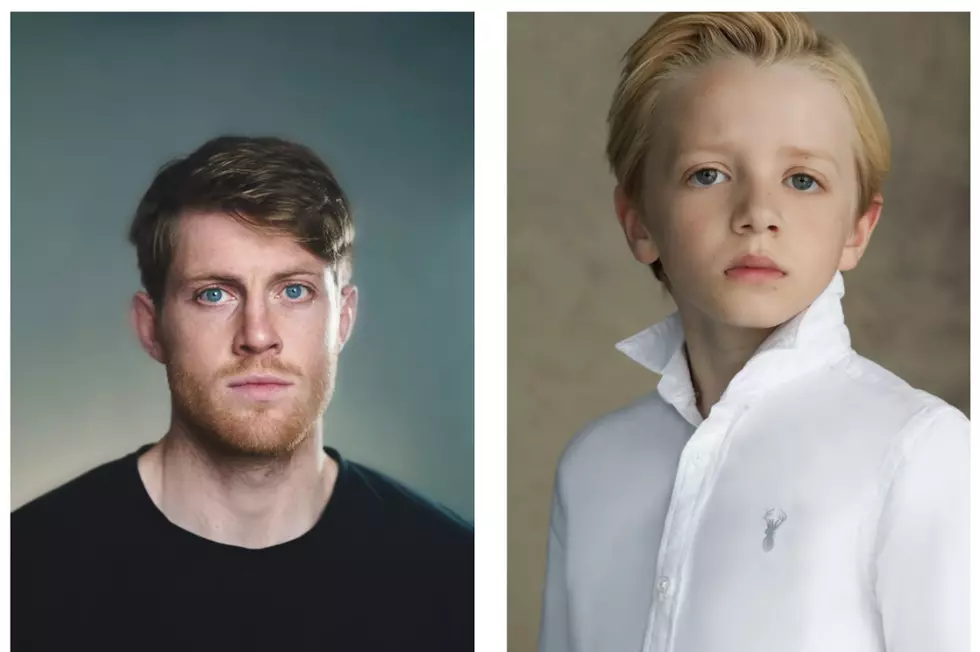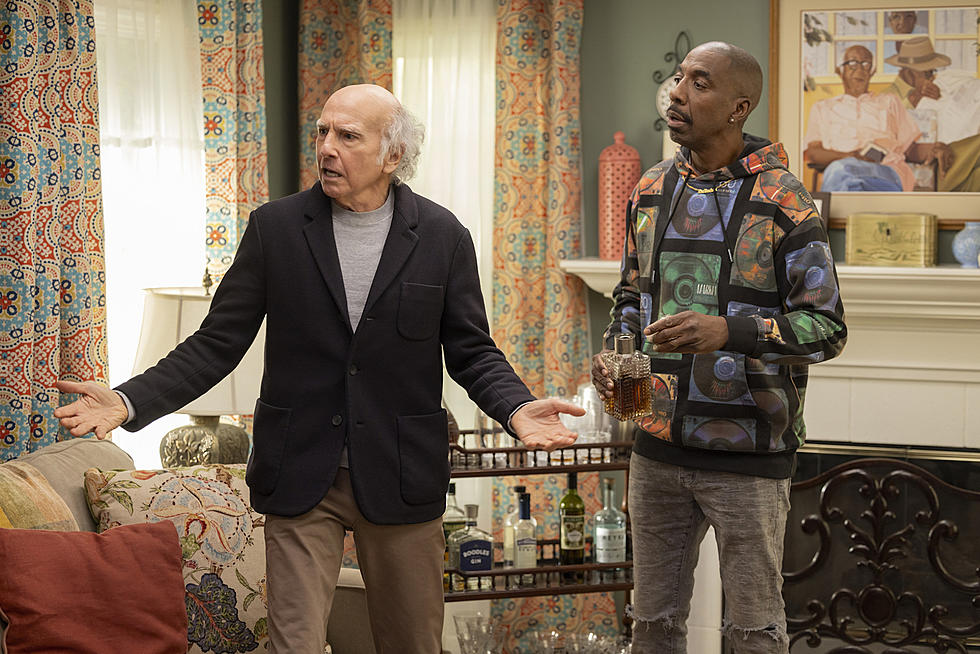
‘True Detective’ Review: “The Fate of All Life”
On tonight's all-new episode of 'True Detective,' Marty and Rust have a showdown with prime suspect Reggie LeDoux -- but the suspense is only tightening from there as modern day detectives Gilbough and Papania seem to think Rust may be more of a bad guy than even he cares to admit. As we vacillate between past and present, the two stories are twisting into something ever more sinister and eerie. Read on for our full review of "The Fate of All Life."
The final minutes of last week's episode were a technical feat, for sure, but watching Marty shoot LeDoux in the head without hesitation after seeing something shocking and mysterious (something we don't see when he does, which seems to reflect around the room like water) was an absolute stunner of a moment. Whatever they could possibly show in that container would both never be as horrific and somehow surpass the horror of our imagination, which is a technical feat in its own right.
What strikes me this week, aside from Rust pontificating about the endless cyclical nature of life (which I'll get to in a minute), is the way that he and Marty now seem to be operating as two halves of a whole -- and maybe describing them as two halves, which denotes a clear split, isn't entirely accurate. Here are two flawed men, whose flaws are seemingly both inherent and driven by personal choice, who are both impulsive and give into their more craven desires, who both pick and choose how to indulge and which vices they are okay to live with, who both choose which bad parts of themselves to hide, who are both moralistic and look down upon those they deem lesser men, who are both bad men chasing after worse men, and who are both constantly projecting versions of themselves they wish to be by spouting off opinions and judgments about the world around them. They are twins, in some sense, with varying shades of gray between them. It's as if there's this dark connection that binds them together as a whole -- note the way that these two, as much as they've resented each other, constantly have each other's backs, even years later when they've fallen out of touch. Even now, Marty threatens to walk out of the interview when he senses (correctly) that Gilbough and Papania are really investigating Rust.
What brought all of this to mind is the realization, which seems so silly and obvious five episodes in, that both Rust and Marty are being interviewed in the same room, at different times of the day -- but Rust is filmed against a back wall, crowded with file boxes that are overflowing, and the lighting is more fluorescent and unkind, all of which highlights his sunken cheeks and sallow complexion, his rough and rundown appearance (or to be kind, he looks "lived in"), and those boxes, which seem to represent the overcrowding of his busy mind, overflowing with all those files of dead faces he's never forgotten. Those faces who saw the monster outside the locked room of their minds just before they let go, if you recall. And then we see Marty, filmed with his back to the window and the blinds slightly open, giving the appearance that the room is tidier, lighter, neater, just like his life -- all so clean cut and squared away, just the way he'd like for you to see things. But they're just two sides of the same room, you see.
So "The Fate of All Life," as Rust would tell it, is the fourth-dimensional theory, alluded to by LeDoux, that the earth is a flat circle, and all time exists at once -- past, present, future; it's all happening right now, and has happened, and will happen. Our minds are just too limited to perceive time that way. The reason we can't undo things is that they've already been done and we'll do them again that way because we're doing them again that way right now and have been and always will be. It works on a far-out level, but also a more relatable, psychological one, in that the one kid Rust rescued, the one that lived, will always be in that room, will always be living those moments for the rest of her life. Just like Rust will always relive the moment he found and saved her, or Marty will relive the moment he chose to shoot LeDoux, which set his life on the course it is now. And he would repeat that moment again and again because that is the man he is and he cannot change it, he will not be changed, even now.
His wife may have forgiven him, but the neglect is permanent -- his eldest daughter has grown up as a rebellious, promiscuous type, reflections of an absent father, or maybe what she learned from him after all. I do sort of wonder about her crude drawings from a few episodes back and whether those were meant as a cry for attention or a hint at something a little more sinister going on while Marty was so distracted. It might also explain that weird doll tableau from the first episode, which I took to mean that one or both of Marty's girls had seen some of this cult activity somehow. I'm not saying Marty's daughter has been the victim of abuse -- she really could be a neglected girl demanding attention and validation in sexual ways, picking up on similar tension between her mom and dad at home, which is not unheard of or very uncommon.
There's also the addition of Francis, the guy busted for the double homicide, who knows a little something about the Yellow King. By now, I trust many of you have read the great article on io9 about the connection between Robert W. Chambers' 'The King in Yellow' and 'True Detective,' and I'm still hoping there's some truly bizarre and twisted stuff coming in the last few episodes -- seems to be hinted at with Rust going back to that school he was distracted from investigating a couple of episodes back and discovering the stone statues and stick sculptures. And then there's the additional questions: are the "people in high places" involved in these cult killings also involved with local government and law enforcement? Is that how Francis ended up dead? Or are Gilbough and Papania onto something -- was Rust strung out and pushed over the edge? Is he the real culprit? I am not buying that one. Not at all.
More From ScreenCrush









